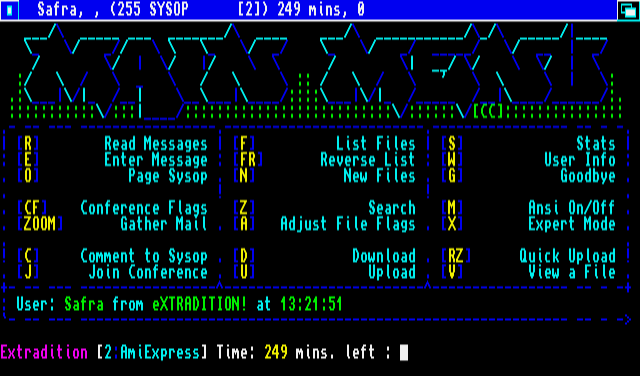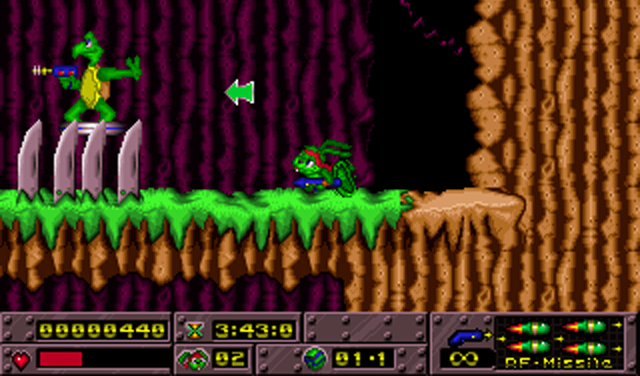So we continue with our look back at the history of indie games. Last week we explored the very beginnings of the industry and how the burgeoning home computer scene gave birth to bedroom programmers and home taping. This week things are getting a little closer to home as we take a look at how the birth of the internet and bulletin boards really started to heat things up for the indie scene.
Share and Share Alike
Although the internet got it’s first public start in the late 80s, it wasn’t until the 90s that it’s use started to become widespread amongst computer fans. Bulletin Board Systems (BBS), were an early form of communication used both before and during the early days of the internet and it was here that indie titles could really flourish. BBS were like early forums, where people could post messages, get responses from other users, and even post files for others to download.

The other key element that unlocked the potential of the indie games market was a new way of releasing software demos: Shareware. Shareware games were a staple of not just indie, but also triple A PC games of the early 90s. Shareware games were usually split into 3-5 episodes, and only the first episode was included for free, giving potential users a taste of the game. Then a phone-number could be included which would allow gamers to call and order as many copies as they wanted.
Birth of a Powerhouse
So with the duel elements of Bulletin Board Systems and Shareware in place the indie market was poised to take the world by storm. Now an indie dev could post their shareware to a BBS and simply wait for the orders to start rolling in and mail them out as they came. The system was simple and for the most part highly effective. Hugo’s House of Horror’s was a classic example of an indie game aping a big budget series, being a homage to Sierra and LucasArts titles of the day. It is a similarly familiar game Jazz Jackrabbit, that helped turn a small indie studio into the Goliath that we know as Epic Games.

In the end BBS systems had their limits, and by the mid-90s the cracks were starting show. With a crash looming over the horizon, and many of the more successful release catapulting their creators to stardom, indie gaming began a long period of dormancy. With a move to accelerated graphics came bigger file sizes, and higher production costs, effectively pushing indie developers out of the market.
Phased Out
Despite the slew of hits destined to eventually grace the scene, and the ease of distribution, it was the game development itself that presented the greatest challenge. With the cutting edge of video graphics being the main draw for PC gaming towards the turn of the century, it was more and more difficult for a home programmer to create a game that would attract an audience. On top of that Shareware was no longer a suitable format for distributing games thanks to the increase in file sizes. Luckily it wasn’t long before the internet became strong enough to handle the new wave of creative radiating from the indie sphere, and digital distribution became a viable option.



